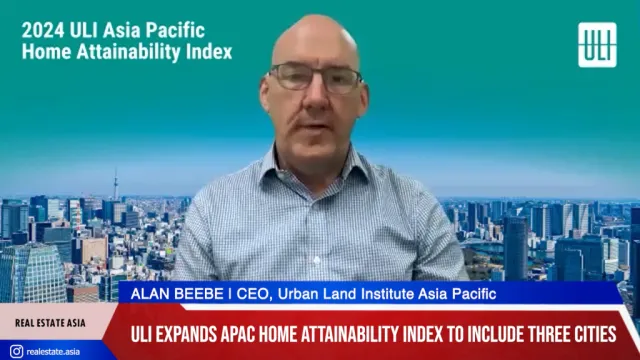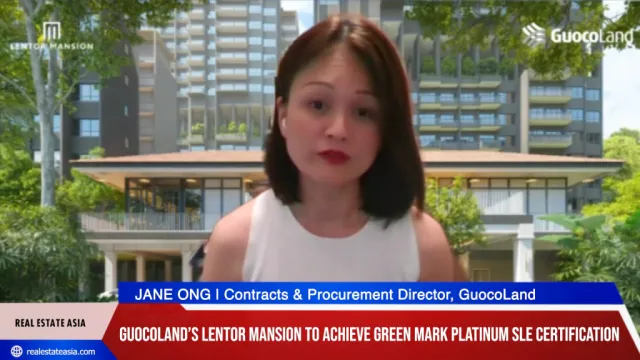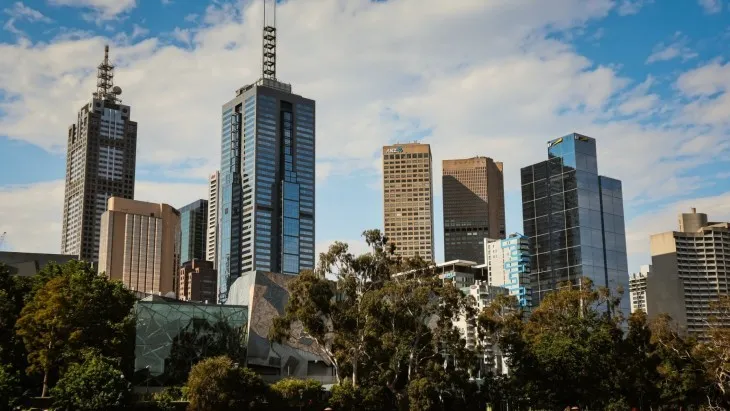
What you need to know about Australia’s apartment rental market right now
Rents in Sydney and Melbourne have yet to return to pre-COVID levels.
Australia’s apartment rental market saw varied recovery paths across different cities, but asking rents have recovered significantly over the past 18 months.
According to JLL, Sydney and Melbourne rental markets deteriorated sharply and were at their softest in decades in the months following the onset of COVID-19.
“The rise in vacancy and fall in rents reflected the loss of rental demand with closed borders restricting the entry of migrants and students. This paired with a spike in supply, as a lot of short-term rental stock entered the long-term rental market, created a demand-supply imbalance. Moreover, strong levels of new apartment supply prior to the pandemic created further imbalance in these markets,” said JLL’s Hollee Hart.
Here’s more from JLL:
This led to these markets declining by 10% (Sydney) and 11% (Melbourne) respectively (See Table 1). Inner-city rental markets were particularly challenged when COVID emerged, resulting in a decline of 37% for Melbourne CBD and 29% in Sydney CBD (See Table 2).
Nevertheless, rental markets in these cities have since recovered significantly, and their growth has been strong over recent months. Inner-city rental markets have increased by 17% (Sydney) and 11% (Melbourne) since their trough in rental performance (See Table 1). Albeit rents fell more than in other markets, so much of the recent growth only reflects regaining lost ground.
Comparatively, border closure and the loss of international students and migrants as a source of rental demand were far less of a drag upon smaller capital city rental markets. As evident in Table 1, the smaller capital cities of Adelaide, Brisbane, Canberra and Perth, all experienced declines of less than 2%. Similarly, CBD markets in these smaller cities fell by a lesser magnitude relative to Sydney and Melbourne, ranging from -6% in Perth to -15% in Brisbane.
As such, these rental markets moved into a recovery phase much quicker and have been recording growth in rents for some time now. Low rental vacancy and limited new supply, paired with an increase in rental demand on the back of increased migration to these smaller capital cities, has seen vacancies continue to tighten and strong growth in rents emerge.
Indeed, these markets have recorded growth in the order of 8-18% since March 2020. While Sydney (-7%) and Melbourne (-3%) are both yet to return to their pre-COVID-19 performance (See Table 1). However, Perth is the only inner-city postcode rental market to record rental rates higher in January 2022 than in March 2020 (See Table 2). Thus, most inner-city markets are yet to return to their pre-COVID performance.
While the impact has subsided considerably across rental markets nationally, vacancy remains elevated in and around major CBDs. Nevertheless, the opening of international borders will further boost demand in all markets, particularly Sydney and Melbourne. Furthermore, a moderate new supply pipeline over the next few years will also support market balance.
Nationally, completions will fall sharply in 2022 and stay low at least for several more years. As such, much stronger demand over the medium-term will be met by low levels of new supply, and strong rental pressures are likely to continue to build in all markets over 2022.


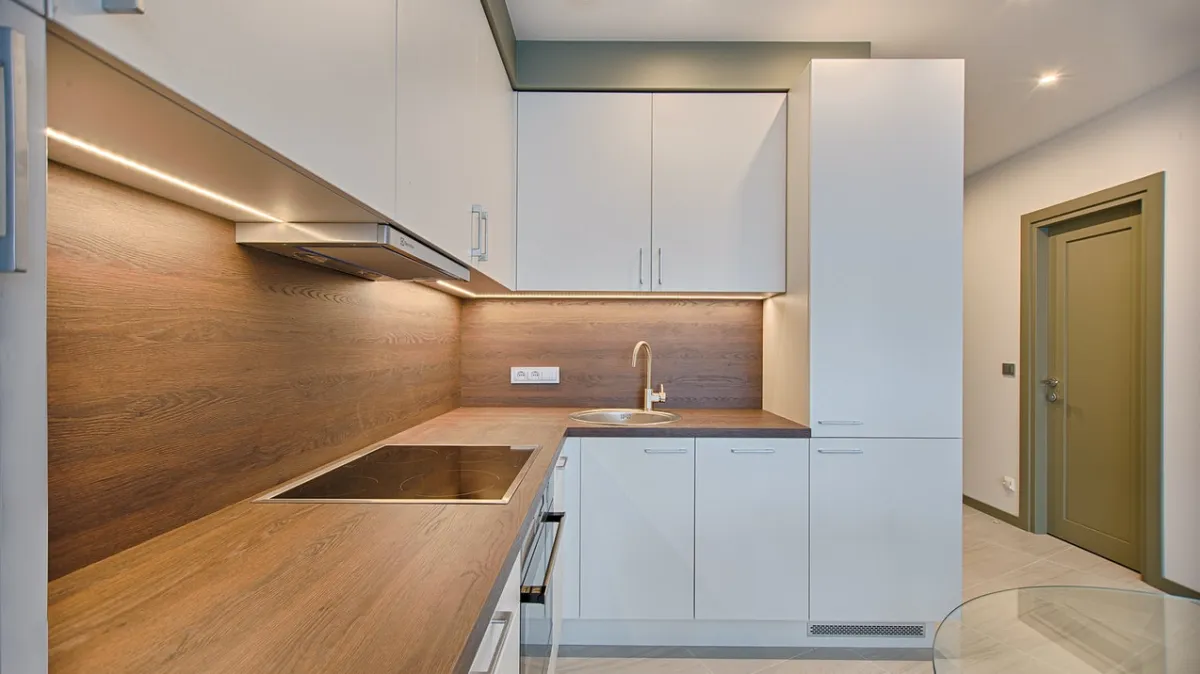

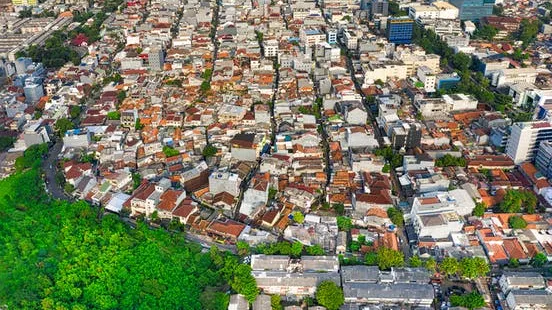
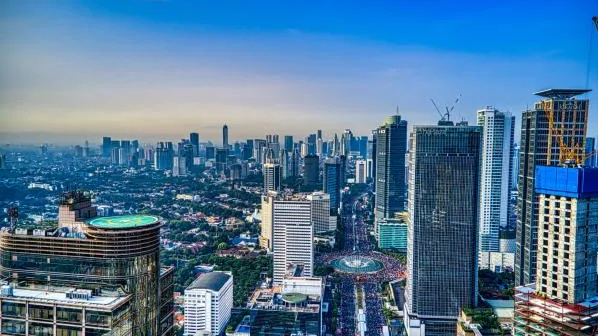
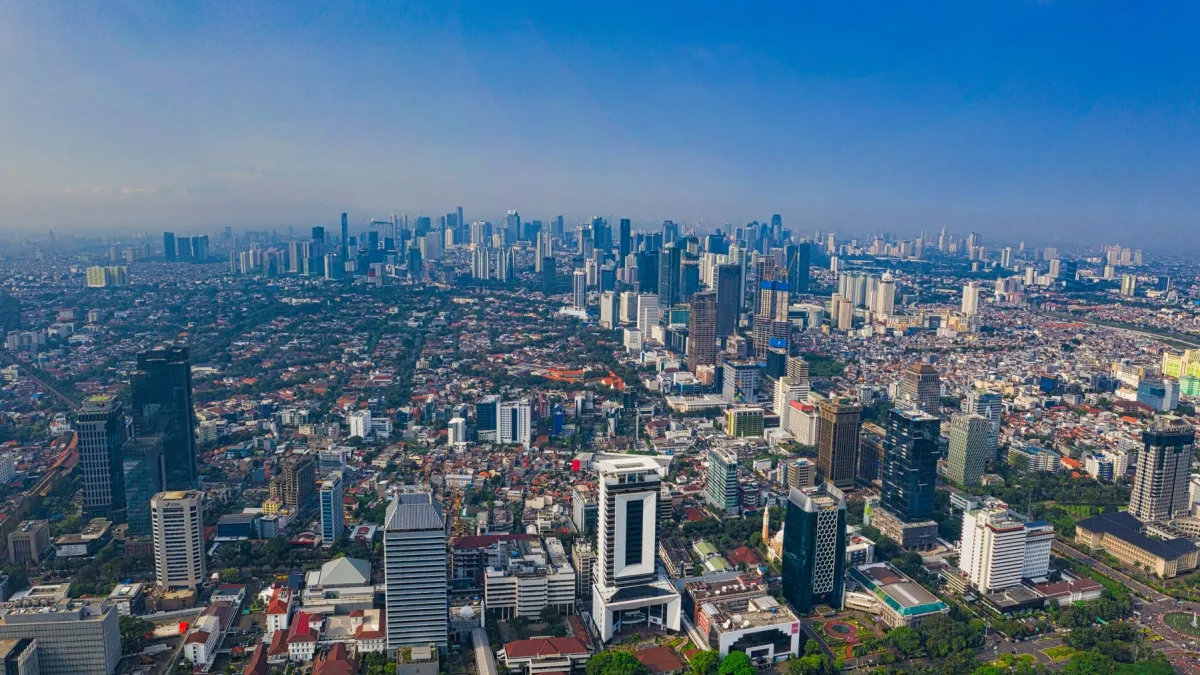
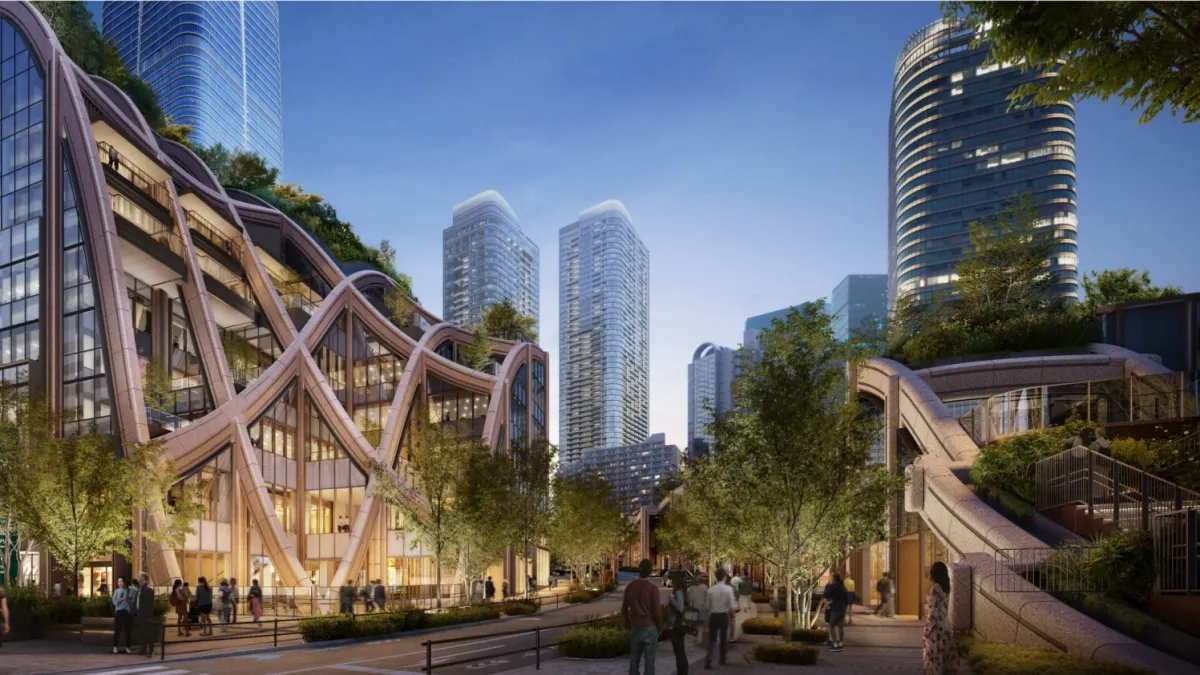
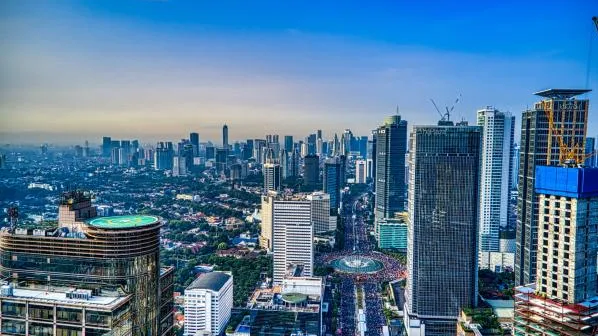
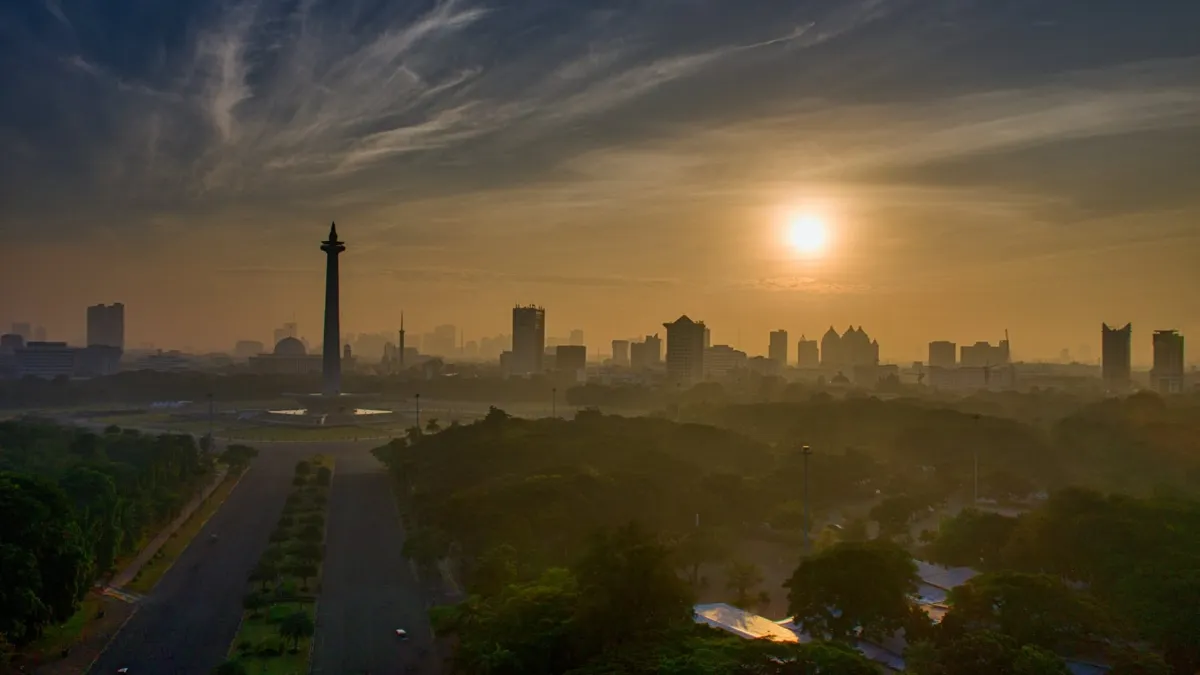

 Advertise
Advertise


